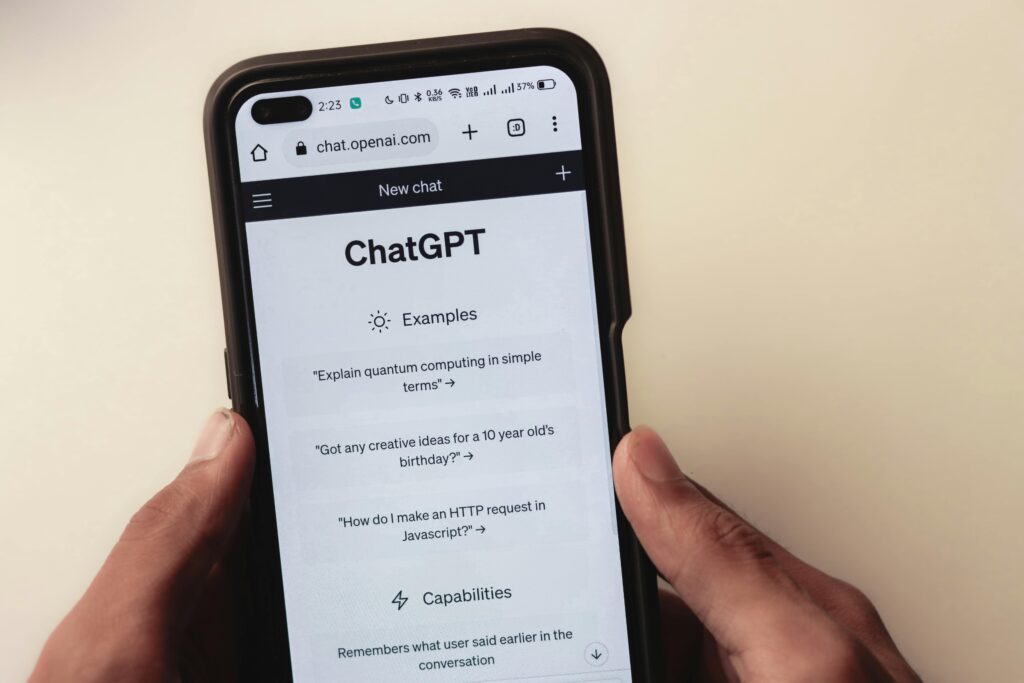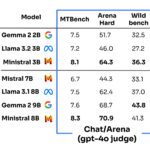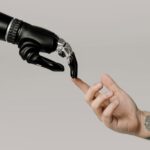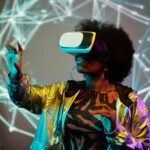In the rapidly advancing field of artificial intelligence, OpenAI’s o1 stands out as a pioneering development. This model, lauded for its groundbreaking reasoning abilities, is capable of addressing complex tasks that span across various specialized disciplines such as science, programming, and mathematics. The emergence of o1 represents a monumental leap forward in AI capabilities, reshaping the landscape for professionals and researchers alike.
Advanced Reasoning Capabilities
One of the defining features of o1 is its exceptional reasoning ability. While previous models primarily focused on pattern recognition and natural language understanding, o1 takes a significant step forward. Its ability to tackle highly intricate problems mirrors the cognitive capacity of advanced learners, such as PhD students, making it ideal for solving abstract or logical challenges that demand high-order reasoning. This enhanced functionality sets a new benchmark in AI’s capacity to mimic human-like intelligence in decision-making and problem-solving contexts.
Application in Complex Fields
OpenAI’s o1 is not confined to one domain; its versatility makes it applicable across a wide range of industries. In scientific research, o1’s aptitude for processing and analyzing vast datasets allows it to uncover insights that would typically require human expertise. In programming, its ability to reason through complex algorithms and code structures makes it a valuable tool for developers working on advanced systems. Additionally, its proficiency in mathematics, as evidenced by its competitive performance, further underlines its ability to engage with high-level theoretical tasks.
Performance at the International Mathematical Olympiad
A significant testament to the capabilities of o1 is its success at the International Mathematical Olympiad, where it achieved an 83% accuracy rate—a performance that far exceeds its predecessors. This result is particularly notable given the complexity of the mathematical problems posed in this competition, which are designed to challenge some of the brightest young minds globally. This achievement not only highlights o1’s exceptional reasoning skills but also showcases the potential of AI to assist in high-stakes academic and intellectual challenges.
Comparison with Predecessor Models
The o1 model represents a distinct improvement over its predecessors in both performance and application scope. Earlier AI models from OpenAI were powerful in tasks such as text generation, image recognition, and basic problem-solving. However, they struggled with intricate, multi-step reasoning tasks. o1, in contrast, is built with the capacity to handle these complex operations, offering far superior performance in tasks like mathematical reasoning, scientific analysis, and strategic planning.
Insights from Sam Altman
Sam Altman, the CEO of OpenAI, acknowledges that while o1 is a significant step forward, it still has its limitations. He notes that the model is not perfect and that there remain areas where it can improve. However, Altman is optimistic about the model’s future, especially in terms of its adaptability and potential for continuous improvement. According to Altman, o1 is a model that could fundamentally change how difficult challenges in various fields, from medical research to advanced physics, are approached and solved.
Limitations of the o1 Model
Despite its impressive performance, o1 is not without its challenges. The model, while groundbreaking in many aspects, still faces limitations in understanding deeply contextual or nuanced problems, particularly those that require emotional intelligence or cultural sensitivity. Moreover, o1, like many AI models, operates within a controlled environment, meaning its real-world applications might encounter unforeseen challenges or ethical dilemmas. Its deployment in sensitive fields like healthcare or law requires careful consideration of these limitations.
Potential in Medical Research
One of the most promising applications for o1 is in the field of medical research. By analyzing complex datasets, o1 has the potential to revolutionize how medical professionals approach everything from diagnostic processes to drug discovery. Its reasoning capabilities can help accelerate research into diseases by identifying patterns in data that may be missed by human researchers. As the model continues to evolve, its contribution to personalized medicine and epidemiology could become even more profound.
Role in Advanced Physics
Another area where o1’s advanced reasoning capabilities shine is in theoretical and applied physics. The model can process and analyze complex physical systems, offering potential breakthroughs in fields such as quantum mechanics, particle physics, and cosmology. By modeling intricate physical interactions and solving high-level equations, o1 may assist physicists in making discoveries that could redefine our understanding of the universe.
Efficient Training Methodologies
A key element in o1’s success is the efficient training methodologies used during its development. OpenAI has employed sophisticated techniques to optimize the model’s learning process, ensuring that it can process vast amounts of data more effectively than previous models. This efficient training allows o1 to not only learn faster but also to apply that knowledge in practical ways, improving its ability to tackle real-world problems.
Continuous Learning and Adaptability
One of the defining characteristics of the o1 model is its ability to learn continuously. Unlike traditional AI models that require frequent updates and retraining, o1 is designed to adapt and improve over time. This adaptability means that the model is always learning from new data, allowing it to stay relevant and useful even as the fields it operates in continue to evolve. This continuous learning capability is what positions o1 as a transformative tool for professionals dealing with evolving challenges.
Transformation of Professional Workflows
For professionals across a wide range of fields, the introduction of o1 is set to change how they approach complex tasks. By automating certain aspects of reasoning and problem-solving, o1 can free up professionals to focus on more creative or strategic aspects of their work. Whether in scientific research, software development, or academic pursuits, o1’s ability to handle the heavy lifting of complex calculations and reasoning tasks will undoubtedly lead to more efficient and productive workflows.
Impact on Scientific Research
The broader implications of o1 for scientific research cannot be overstated. With its advanced reasoning capabilities, o1 can assist researchers in analyzing massive datasets, conducting simulations, and even formulating hypotheses. This potential makes o1 a powerful tool for pushing the boundaries of scientific inquiry, enabling researchers to tackle problems that were previously thought to be too complex for AI systems.
Ethical Considerations and Responsible Use
With great power comes great responsibility, and the same is true for AI advancements like o1. The model’s advanced capabilities mean that it must be deployed carefully, particularly in areas such as healthcare, law, and autonomous systems. Ensuring that o1 is used ethically and that its outputs are transparent and accountable is crucial to preventing misuse or unintended consequences.
Future Prospects for AI and o1
The future of AI, and particularly models like o1, looks incredibly promising. As o1 continues to evolve and improve, it could lead to even greater advancements in fields such as artificial general intelligence (AGI) and autonomous decision-making systems. Its role in transforming industries and augmenting human capabilities is just beginning, and the next decade could see o1 and similar models playing an integral part in shaping the future of technology and society.
FAQ
1.What is OpenAI’s o1 model?
OpenAI’s o1 is a cutting-edge AI model with advanced reasoning capabilities designed to handle complex tasks in fields such as science, mathematics, and programming.
2.How does o1 compare to previous AI models?
The o1 model significantly outperforms its predecessors in reasoning, achieving higher accuracy in tasks like mathematics and science, which require complex problem-solving skills.
3.What is o1’s role in scientific research?
o1 can assist researchers by analyzing large datasets, conducting simulations, and formulating hypotheses, making it a valuable tool for advancing scientific inquiry.
4.Can o1 be used in medical research?
Yes, o1 has the potential to revolutionize medical research by analyzing complex data, potentially leading to breakthroughs in diagnostics and drug discovery.
5.What limitations does o1 have?
Despite its advanced capabilities, o1 faces limitations in understanding nuanced, context-sensitive issues and requires ethical oversight in sensitive fields like healthcare








